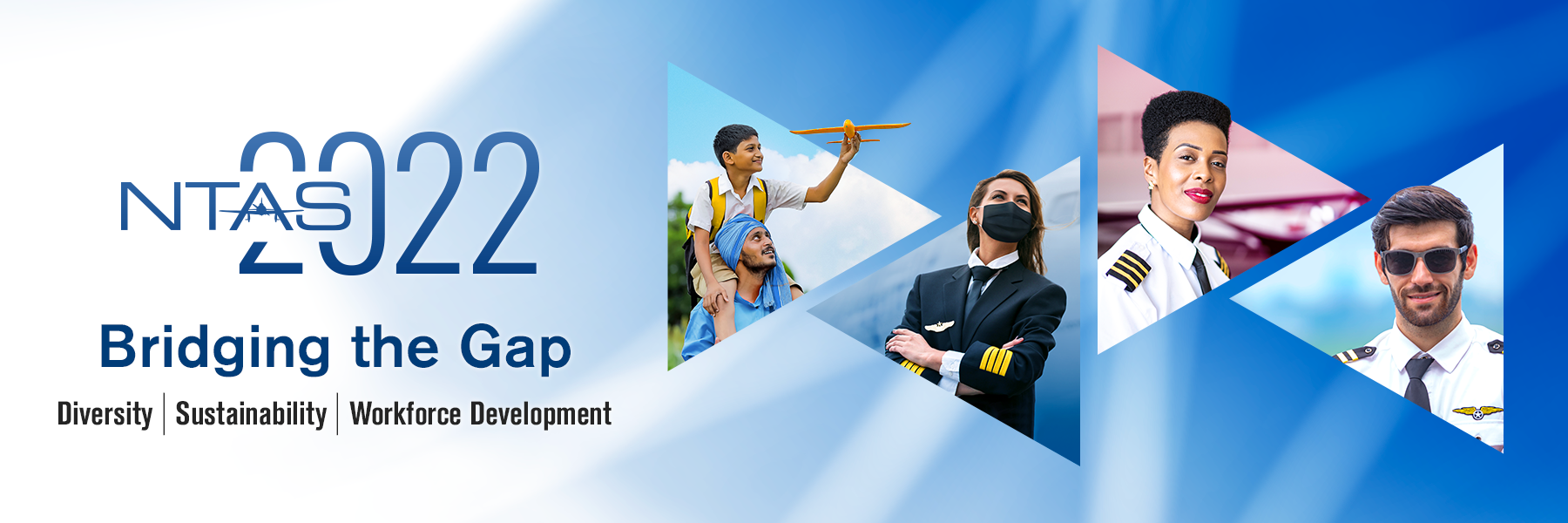Presenter Email
bchauhan2017@my.fit.edu
Keywords
Advanced air mobility, eVTOL, Pilot interface, Simplified vehicle operation, Human factors
Abstract
Advanced air mobility (AAM) is a novel transportation concept using electric vertical take-off and landing (eVTOL) aircraft to move people and cargo in urban and rural environments. The emergence of AAM has led to a range of different eVTOL vehicle designs at different stages in development, flight testing, and certification. Although these aircraft will serve similar markets, they will have different operational capabilities and pilot interfaces. These aircraft vary in whether they are (a) multi-rotor and have tilt-rotor capabilities, or (b) winged with tilt-wing capabilities, vectored thrust, fans, or propellers. The pilot interfaces in eVTOL align with the concept of simplified vehicle operations (SVO), which emphasizes the use of automation to simplify the physical control a pilot has on the aircraft, effectively reducing workload. Pilot interfaces range in their level of landing precision information, the number of displays, checklist presentation, and how battery information is presented. A preliminary survey was conducted to determine common trends in eVTOL pilot interfaces. Common trends identified include large displays, integration of flight information such as speed, altitude, heading, climb and descent rate, flight path, battery power information, origin and destination of the flight, weather information, aircraft range and location, tilt information, and rotation per minute (RPM). This presentation will investigate trends in the eVTOL pilot interfaces and the associated human factors issues that may arise due to these interfaces. Additionally, simulation testbeds available to examine the human factors issues associated with these pilot interfaces will be presented.
Included in
Advanced Air Mobility Human factors Considerations for Current eVTOL Pilot Interfaces
Advanced air mobility (AAM) is a novel transportation concept using electric vertical take-off and landing (eVTOL) aircraft to move people and cargo in urban and rural environments. The emergence of AAM has led to a range of different eVTOL vehicle designs at different stages in development, flight testing, and certification. Although these aircraft will serve similar markets, they will have different operational capabilities and pilot interfaces. These aircraft vary in whether they are (a) multi-rotor and have tilt-rotor capabilities, or (b) winged with tilt-wing capabilities, vectored thrust, fans, or propellers. The pilot interfaces in eVTOL align with the concept of simplified vehicle operations (SVO), which emphasizes the use of automation to simplify the physical control a pilot has on the aircraft, effectively reducing workload. Pilot interfaces range in their level of landing precision information, the number of displays, checklist presentation, and how battery information is presented. A preliminary survey was conducted to determine common trends in eVTOL pilot interfaces. Common trends identified include large displays, integration of flight information such as speed, altitude, heading, climb and descent rate, flight path, battery power information, origin and destination of the flight, weather information, aircraft range and location, tilt information, and rotation per minute (RPM). This presentation will investigate trends in the eVTOL pilot interfaces and the associated human factors issues that may arise due to these interfaces. Additionally, simulation testbeds available to examine the human factors issues associated with these pilot interfaces will be presented.



Comments
Presented in Session 5 B - AAM: The Future of Aviation